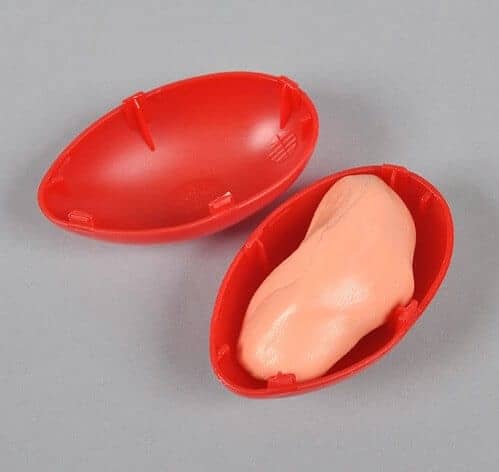A wide range of biologically inspired materials may now be possible by combining protein studies, materials science and RNA sequencing, according to an international team of researchers.
“Biological methods of synthesizing materials are not new,” said Melik C. Demirel, professor of engineering science and mechanics, Penn State. “What is new is the application of these principles to produce unique materials.”
The researchers looked at proteins because they are the building blocks of biological materials and also often control sequencing, growth and self-assembly. RNA produced from the DNA in the cells is the template for biological proteins. Materials science practices allow researchers to characterize all aspects of how a material functions. Combining these three approaches allows rapid characterization of natural materials and the translation of their molecular designs into useable, unique materials.
“One problem with finding suitable biomimetic materials is that most of the genomes of model organisms have not yet been sequenced,” said Demirel who is also a member of the Materials Research Institute and Huck Institutes of Life Sciences, Penn State. “Also, the proteins that characterize these materials are notoriously difficult to solubilize and characterize.”
The team, lead by Ali Miserez, assistant professor, School of Materials Science and Engineering, Nanyang Technological University, Singapore, looked at mollusk-derived tissues that had a wide range of high-performance properties including self-healing elastomeric membranes and protein-based polymers. They combined a variety of approaches including protein sequencing, amino acid composition and a complete RNA reference database for mass spectrometry analysis. They present their results in a recent issue of Nature Biotechnology.
The researchers looked at three model systems. The protein containing egg case membranes of a tropical marine snail are intriguing because they have unusual shock-absorbing qualities and elasticity. Investigation using the variety of methods showed this material has a coiled structure with crosslinking that absorbs energy. This information can be applied to biomimetic engineering of robust yet permeable coiled, protein-based membranes with precisely tailored mechanical properties.
The array of techniques applied to analysis of a mussel foot showed that a species-to-species variation exists in mussel, including unusual variation in the protein. These variations suggest that protein engineering could produce a range of self-healing properties.
The final model used jumbo squid sucker ring teeth (SRT), grappling-hook-like structures used for predatory attacks. Analysis of the squid teeth showed nanotubular structure and strong polymers. While there was some similarity to silk and oyster shell matrix proteins, the protein was novel and the researchers named it Suckerin-39. Further analysis showed that Suckerin-39’s structure allowed it to be reprocessed into a variety of shapes.
“While some biological materials have interesting properties, they cannot be reshaped or remolded because they do not soften upon heating,” said Demirel. “The SRT is an elastomer, which is moldable, it is a thermoplastic and can be reshaped.”
The materials properties of SRT do not change after heating and reshaping.
“We now know that nature can do all kinds of things including nanotubes, cross-linked structures and shock-absorbing coils,” said Demirel. “Now that we know the secrets, we need to find ways to mimic the structures and do it inexpensively.”
This may mean having bacteria produce the required proteins or some other biomimetic approach.
“Integrating these eco-friendly materials into devices for wetting, friction and transport is relatively straightforward and will constitute an important part of our future research,” said Demirel.
Also working on this project from Penn State was Abdon Pena-Francesch, graduate student in engineering science and mechanics.
Those at other institutions include Paul A. Guerette; Shawn Hoon; Sharouz Amini; Gavin Tay; and Dawei Ding, all of Nanyang Technological University, Singapore. Yiqi Seow; Fong Tian Wong, Vincent H.B. Ho; Kong Kiat Whye, all of Biomedical Sciences Institute, Singapore. Manfred Raida, Experimental Therapeutics Centre, Singapore; Admir Masic, Max-Planck Institute of Colloids and Interfaces, Potsdam, Germany.
The Office of Naval Research and NIH partially funded this research.
If our reporting has informed or inspired you, please consider making a donation. Every contribution, no matter the size, empowers us to continue delivering accurate, engaging, and trustworthy science and medical news. Independent journalism requires time, effort, and resources—your support ensures we can keep uncovering the stories that matter most to you.
Join us in making knowledge accessible and impactful. Thank you for standing with us!

